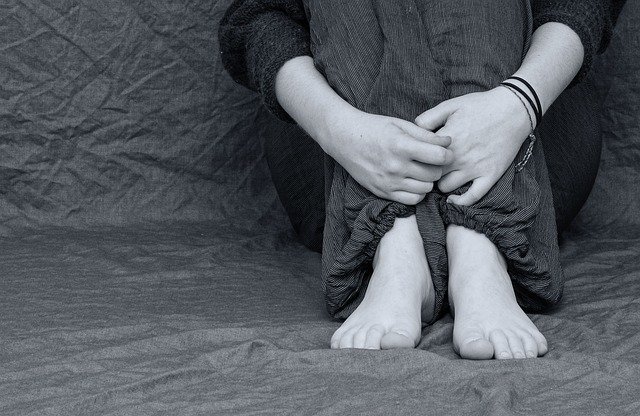Bunion Pain: How to Determine if it's Time for Surgery
Most of the time, bunions can be managed without surgery. Non-surgical options like wearing comfortable footwear, bunion pads and splints, custom orthotics and pain killers can alleviate bunion pain and discomfort. Unfortunately, these treatments cannot prevent or stop a bunion from getting worse over time.
A bunion is a foot deformity that commonly affects women
mainly due to wearing tight pointy high heels, placing the foot into an awkward
position. Eventually, the structures of the foot weaken, forcing the joint
between the big toe and first metatarsal bone to deviate outwards. Bunions can
also be hereditary. This is the reason why bunions can sometimes be seen even
among very young children.

Unfortunately, these treatments cannot prevent or stop a bunion from getting worse over time.
A bunion is a foot deformity that commonly affects women mainly due to wearing tight pointy high heels, placing the foot into an awkward position. Eventually, the structures of the foot weaken, forcing the joint between the big toe and first metatarsal bone to deviate outwards. Bunions can also be hereditary. This is the reason why bunions can sometimes be seen even among very young children.
What causes bunion pain?
Bunions can cause mild to severe pain. Since the joint of
the big toe is no longer in its normal anatomical position, simple daily
activities like walking and running can irritate the bunion. Also, the bunion
can rub against the insides of your shoe, or worse, an accidental bump can happen
while you are walking or just moving around barefoot.
When is it time to consider surgery?
Bunion surgery is indicated when all the non-operative treatments are no longer effective, leaving the patient in constant pain and can no longer function normally or do daily activities. Bunion surgery is the only way to permanently treat a bunion. The aim of bunion surgery is to correct the alignment of the big toe joint to relieve pain.
Minimally invasive bunion surgery
There are different surgical techniques to treat a bunion and minimally invasive bunion surgery or no scar bunion surgery is the preferred surgical procedure to date. Minimally invasive bunion surgery involves a very small incision, about 3 to 5 mm, which is barely visible when completely healed. With the help of live x-ray for guidance, the surgeon cuts the bone, usually around the neck of first metatarsal bone and is carefully aligned and pinned in place. Pain and swelling is very minimal, in fact, some patients can walk a day after the surgery. This procedure is outpatient basis, meaning the patient can go home the same day after surgery.
Dr. Kevin Lam, a Double Certified foot and ankle surgeon in Naples, Florida has developed the Lam modification bunion surgery which utilizes a very small incision and virtually painless scarless bunion surgery. For more information, call (239) 430-3668 (FOOT)
for more information on scarless bunion surgery